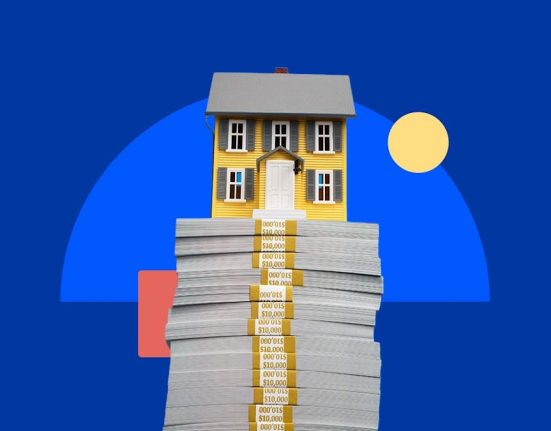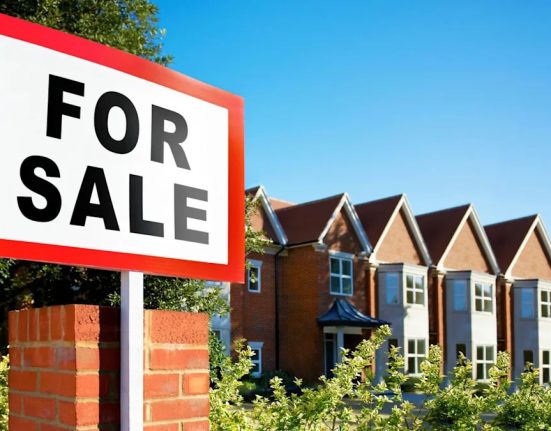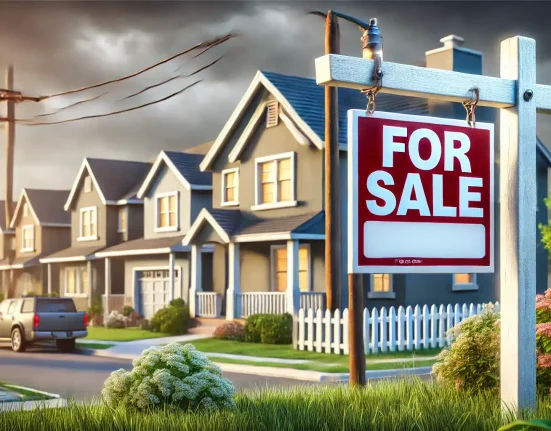

Mortgage rates are showing signs of modest relief for homebuyers heading into summer 2025.
According to the latest Zillow data, the national average for a 30-year fixed mortgage fell to 6.97% as of Friday, May 30, 2025. That’s down from 6.99% a day earlier, and 7.08% one week ago.
This decline could translate to meaningful monthly savings for borrowers—especially those with strong credit and higher down payments.
National mortgage averages as of May 30, 2025
Zillow’s update highlights the following rates for the most common loan types:
Conventional loans
- 30-year fixed: 6.97% (↓ 0.11% from last week)
- 20-year fixed: 7.05% (↑ 0.04%)
- 15-year fixed: 6.06% (↑ 0.01%)
- 10-year fixed: 6.07% (unchanged)
- 5-year ARM: 7.75% (unchanged)
- 7-year ARM: 7.54% (↓ 0.05%)
Government-backed loans
- 30-year FHA: 6.69% (↓ 0.33%)
- 15-year FHA: 5.60% (↓ 0.08%)
- 30-year VA: 6.61% (↑ 0.07%)
- 15-year VA: 6.13% (↑ 0.06%)
Jumbo loans
- 30-year jumbo: 7.06% (↓ 0.50%)
- 15-year jumbo: 6.25% (↓ 0.45%)
- 5-year ARM jumbo: 7.96% (↑ 0.02%)
- 7-year ARM jumbo: 7.69% (unchanged)
What’s driving mortgage rate fluctuations?
Mortgage rates respond to a combination of inflation trends, investor behavior, and Federal Reserve signals.
Recent economic indicators suggest slowing inflation, leading to lower bond yields—especially the 10-year Treasury, which mortgage rates often follow. Additionally, some analysts expect the Fed may pause rate hikes or consider cuts later this year if inflation continues to cool.
That optimism has contributed to a slight dip in borrowing costs, though rates remain elevated compared to the historic lows seen in 2020 and 2021.
How to get the best mortgage rate today
Even small differences in mortgage rates can save (or cost) tens of thousands over the life of a loan. Here are five ways to potentially lower your rate:
1. Shop around
Different lenders offer different rates. Comparing at least three lenders can reveal better terms or lower fees.
2. Focus on APR
The interest rate isn’t the only cost. The annual percentage rate (APR) includes lender fees and other charges, giving you a truer cost comparison.
3. Increase your down payment
Borrowers who can put down 20% or more often receive better rates and avoid private mortgage insurance (PMI).
4. Improve your credit score
Higher credit scores can unlock lower rates. Paying down debt and resolving errors on your credit report may boost your score before applying.
5. Consider different loan types
Adjustable-rate mortgages (ARMs) offer lower initial rates that can help short-term buyers. On the other hand, 15-year fixed loans have higher payments but lower rates and faster equity growth.
Is now a good time to buy or refinance?
While rates are lower than last week, they are still high by historical standards. Buyers planning to stay long-term may benefit from locking in a fixed rate now if market volatility continues.
Refinancing could make sense for homeowners with older mortgages that carry rates above 8%. However, the savings must outweigh closing costs and other fees.
Ultimately, choosing the right time to buy or refinance depends on your financial readiness, not just market conditions.







